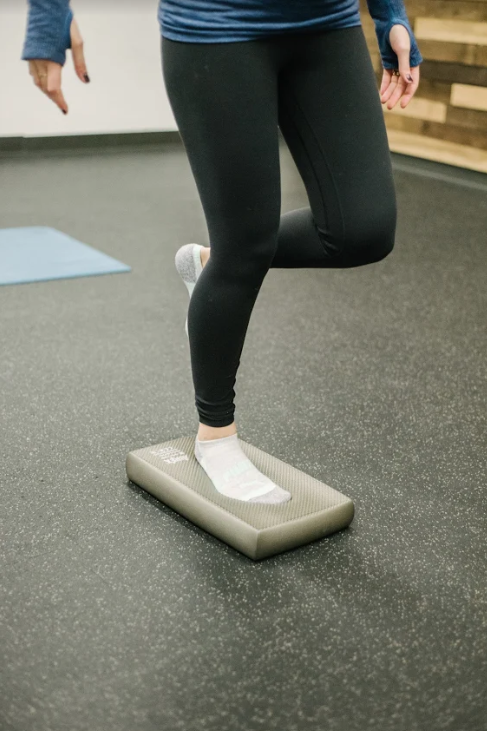October 30, 2014

PROBABLE CAUSES

Plantar Fasciitis involves pain and inflammation of a thick band of tissue, called the plantar fascia, that runs across the bottom of the foot connecting the calcaneus, or heel bone, to the toes. This pain occurs when the foot has not fully resupinated (one of the actions required for a normal gait pattern) and the midtarsal joint (in the arch of the foot) does not “lock-up” or become sturdy. In normal gait, the foot will lock-up as the heel lifts and the foot starts to leave the ground. However, when experiencing plantar fascial pain, this does not happen correctly.
There are several reasons why this may be happening. One possible cause is that there is an abnormality in the structure of the foot, disrupting the midtarsal joint and thus gait. If foot structure is the cause, shoe orthotics are often helpful.
A more common second reason could be tightness in the tissues around the ankle, specifically the achilles tendon or the gastrocnemius and soleus (calf muscles). Tightness in these posterior tissues would limit the amount of dorsiflexion (flexion of the foot in an upward direction) at the ankle joint.
Lastly, it is also possible that the external hip rotators (muscles that externally rotate the hip and femur) are not functioning properly. These muscles help decelerate each step, and the femur must externally rotate in order to lock up the midtarsal joint. If the function of the external hip rotators in the transverse plane is limited, then the foot does not stabilize properly. This can cause the foot to remain on the ground for too long during gait, causing inflammation of the plantar fascia.
So how can you use this information to help with your plantar fascia pain? Try stretching out the calf muscles and posterior tissues of the ankle as well as strengthening and increasing the function of your external hip rotators!
Share it: